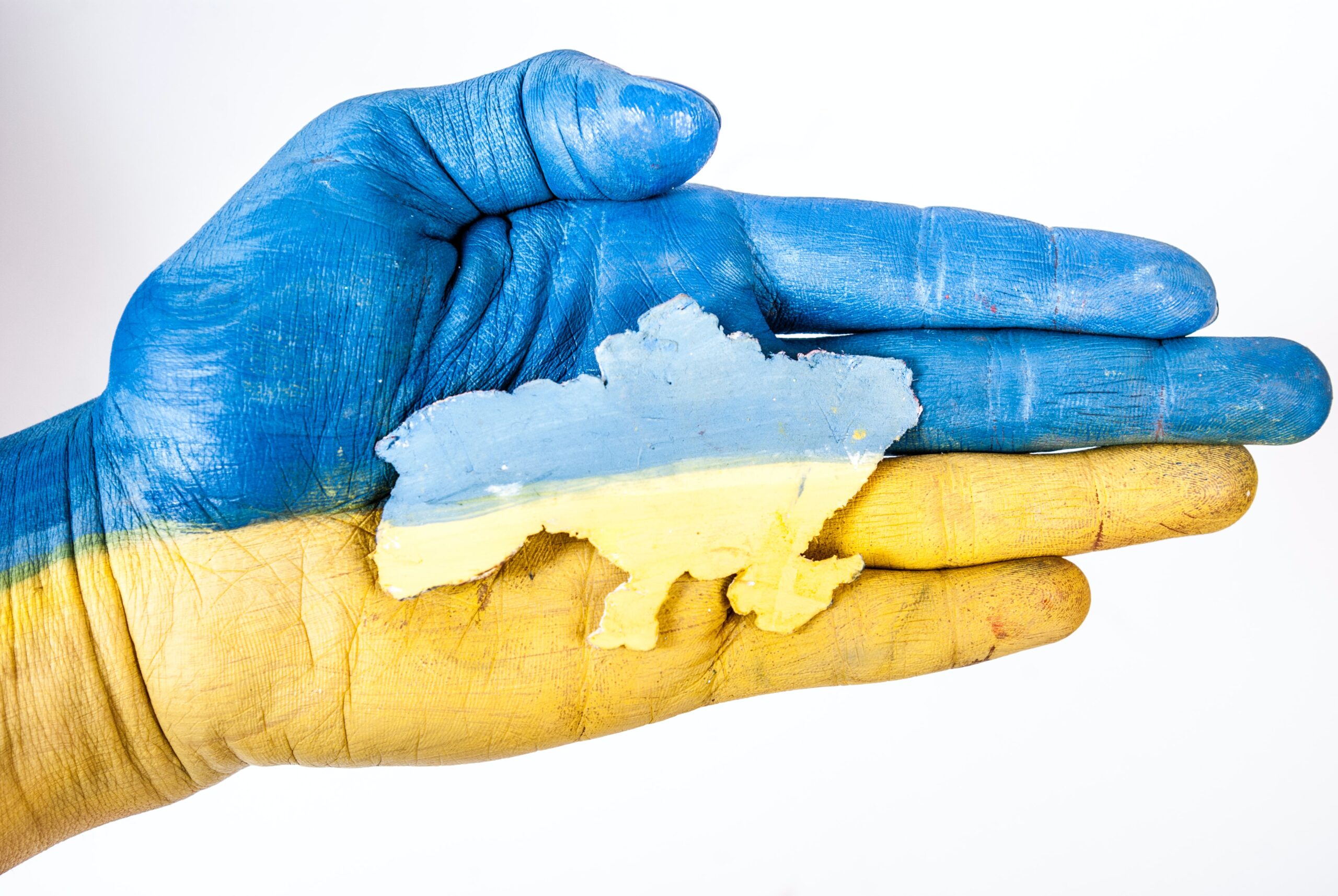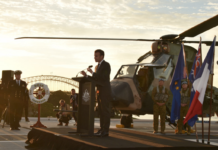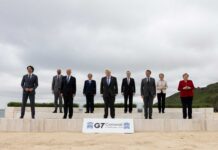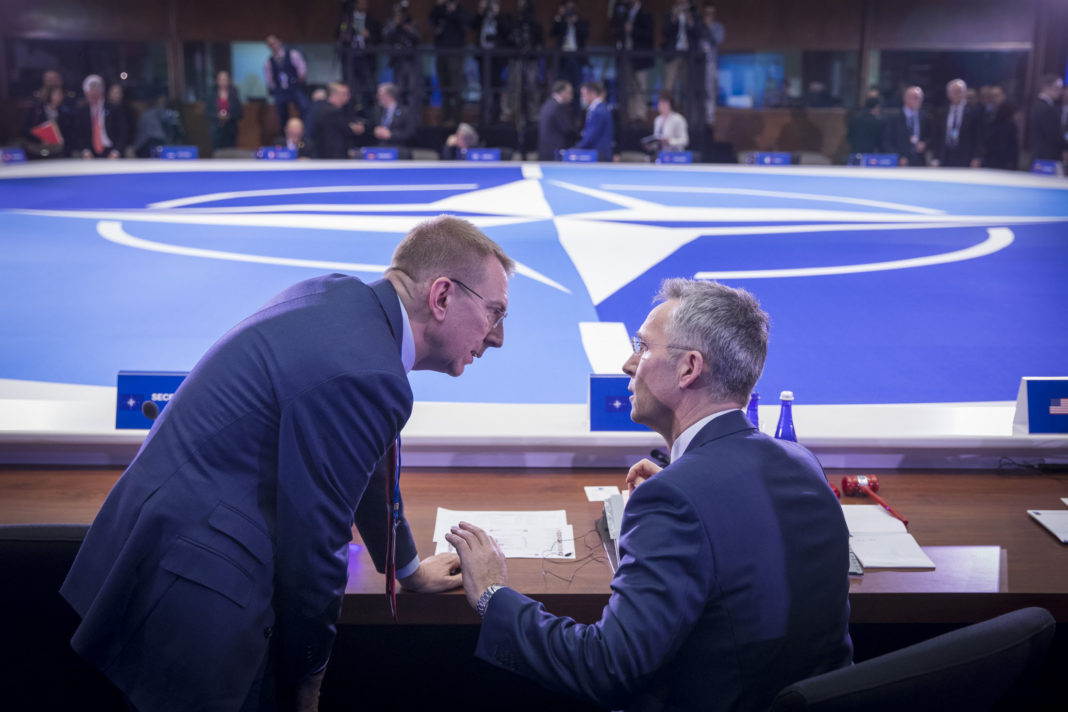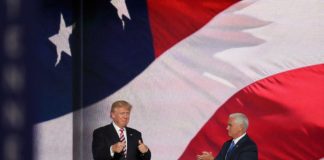As NATO turns 70, the question of its purpose and what role it plays in the twenty first century remains elusive. Is it a military alliance, a collective security organisation or a collective self-defence apparatus? The answer depends on the historical context and who is responding, but, in 2019, even many in the West are unclear about the organisation’s nature and mission. A review of its genesis and subsequent evolution is presented here to help frame this debate.
The Concert of Europe: a nascent collective security framework
The first serious attempt at preserving peace within Europe came in 1815 with the Concert that arose out of the ashes of the Napoleonic wars. A concert is a nascent form of collective security, it is more formal than a de facto balance of power system but less formal than an institutionalised collective security framework. Under a concert, if one of the members takes steps to overtake the other members, the latter balance against the former to re-establish equilibrium.
With its periodic diplomatic rounds and flexible architecture, the Concert managed to largely preserve peace amongst the great powers of the time for almost a century. But as military alliances grew within it in the form of the Triple Alliance and the Triple Entente, compounded by the secretive nature of the diplomatic practices of the time, this ‘gentlemen’s agreement’ broke down with catastrophic consequences for Europe and the world at large.
The League: the first attempt at creating a formal collective security framework
As the Great War ended in 1918 and calls for a new system of global governance crystallised in the League of Nations in 1919, there came a new attempt at creating a world order based on the principle of collective security. Under the terms of the Covenant, any aggression to a member state would be perceived as an aggression against all members, thus calling for a collective intervention to re-establish peace. This took the concept of equilibrium to another level by placing the emphasis on the collective security of the members of the club.
But the League was born with serious weaknesses: neither the US nor the Soviet Union joined it (the USSR did so in 1934 but was expelled in 1939), it was not a global but an elite club, and, unlike France after the Napoleonic Wars, the terms of the Versailles Treaty contained very punitive measures against Germany that marginalised it. Moreover, France and the UK lacked the teeth to lead the project. Finally, nationalism, fascism, nazism and communism compounded to create an explosive recipe that crushed the League and led to WWII.
The United Nations: a “frozen” universal collective security framework
As WWII was drawing to an end, the Allies devised the structure of what in 1945 became the United Nations. Building on the structure of the League and addressing its identified weaknesses, the new body, with its global membership and its new Security Council, firmed up and universalised the notion of collective security, according to which any aggression against the territorial integrity and political independence of a member state constitutes an aggression against all members.
But the ensuing international order soon split into two major camps: the US-led Capitalist camp and the USSR-led Communist camp. This new bipolar order divided the Security Council into the two mentioned camps, freezing the newly adopted universal collective security framework. In place of it, the NATO and Warsaw Pact treaties of 1949 and 1955 formalised new military alliances led by the US and the USSR, respectively; each swapping the aspiration to attain universal security for collective defence.
NATO: a military alliance to guarantee collective defence
Collective defence is at the heart of NATO, as made explicit in Article 51 of the Treaty. Contrary to collective or universal security, which protects its members from threats coming from within, collective defence aims to protect its members from external threats. It requires the existence of an actual external enemy. In 1949, NATO member states identified the USSR as their primary enemy, and thus formed and gave powers to the new military alliance to defend them in case of external (i.e. USSR) aggression against any of them.
In the early nineties, the Soviet Union disintegrated and Russia and Eastern Europe underwent free market and democratic reforms. At the same time, the Warsaw Pact – NATO’s Soviet nemesis – was dismantled. The enemy that gave birth to NATO was gone, yet NATO did not follow the same fate. Instead, it gradually expanded eastward to incorporate former Soviet satellites and Warsaw Pact members.
NATO moves east and finds new threats
In 1991, the UN Security Council approved the only true collective security operation since its inception in 1945, authorising the US to lead an international coalition to stop Iraq’s unlawful aggression against Kuwait. With the Soviet Union gone and the US standing as the world´s only superpower, it seemed as if the UN’s project of universal security was being revived. But initial hope for a resumption of UN-led global security soon gave way to the realisation that NATO had different plans.
Between 1991 and 2017, the military alliance grew from 16 to a total of 29 members, with most of the new members coming from Russia’s historic sphere of influence and the Warsaw Pact alliance. Similarly, over time NATO’s operations extended beyond its ‘historic’ core Western European theatre to address the emergence of new threats; first it intervened in the Balkans in 1999 and then in Afghanistan in 2001 as a result of that country’s support for Al Qaeda’s 9/11 attacks. In 2017, NATO stationed fresh troops in the Baltics, Poland, Romania and Bulgaria to deter, according to the organisation, Russia’s expansionist ambitions.
Conclusion
NATO was born as a collective defence military alliance whose original aim was to defend its members from the threat posed by the Soviet Union. This put the UN’s aspirational project of universal security on hold for many decades. Once the threat of the Soviet Union was gone, however, NATO did not dismantle. Instead it expanded eastwards and its operations have also expanded to address threats and challenges beyond its historic Western European core.
This begs the following questions: Did NATO’s decision in the 1990s to expand eastward and intervene outside of its core Western European theatre address or contribute to the creation of new external threats? Are NATO and its rivals locked in a self-fulfilling prophecy? Where does the existence of NATO and similar self-defence alliances leave the UN and its principle of collective, universal security?


